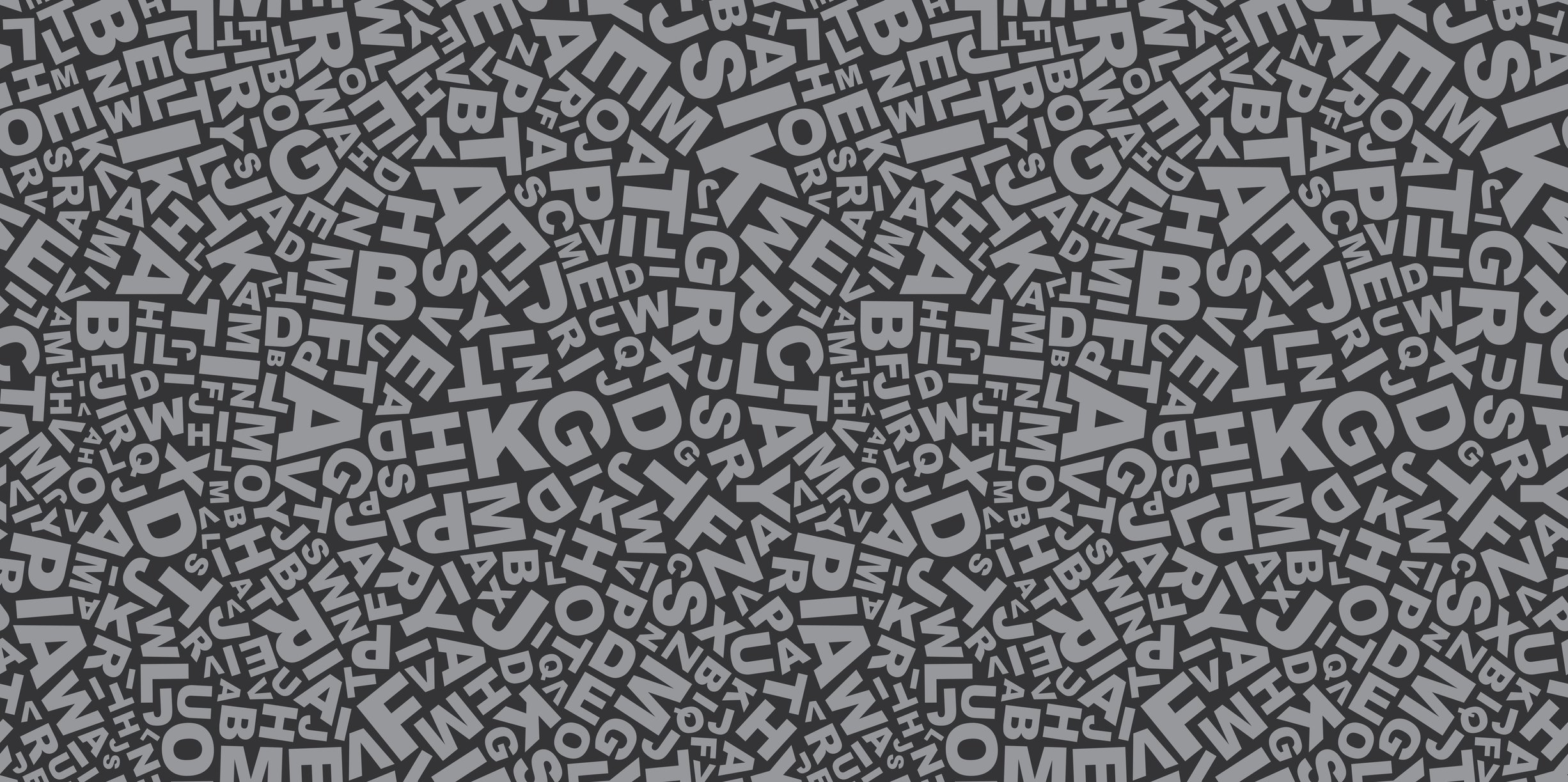Digital Signage | Why Every Word Counts
Digital signage is increasingly used in our modern world. Restaurants, dentist offices, movie theatres, and small businesses use electronic displays. Promotional information is everywhere, so how do you make your sign stand out? What words should you use on your digital signage? It’s easy. Say less.
Every word counts when it comes to digital signage. Content matters these days more than ever. That means that even if you have the best graphics on your display, it won’t matter if the words don’t work. You can’t expect your design elements to do all the work.
The Basics
Let’s start with the writing process. Written text (words) on digital signage displays are very important.
Get the facts. Learn everything you can about the product. Look at the competition too. This isn’t a deep analysis, but a fact-finding mission. Most of the time, it’s details about a product that makes us want to purchase it. Find the details that are the most intriguing or eye catching and write them down. These could be great to use later as display ideas for your digital signage designs. If your brand has a certain image, try to find facts that strengthen or work with that image.
Brainstorm. Now it’s time to think. Write down ideas as they come to you. Write down the reason why you chose the facts you did, and then think about your target audience. Keep yourself open to new ideas, and if you can, talk to a friend about the different ideas you’re considering.
Write it out. Drafting is important, especially when you have a limited amount of space. Take time to write out as many variations of your copy as you can stomach. Pick the best one to send to your client.
Sounds easy, and for professional content writers, it really is that easy. But for the rest of us, we want to know how to make the most effective copy possible. There are different techniques out there to experiment with that can make your copy more effective. Which in turn leads to more effective digital displays.

Call-to-Action
Call-to-Action: If you are selling something, this is the most crucial element of your ad. This is where your verb choice matters the most.
Start with a Verb: What do you want the customer to do? This is most likely the verb you need to use for your call to action. If they need to buy something, use the word “buy” should appear in digital signage display. It really is that simple. Simplicity in advertising is important since customers are constantly bombarded by ads. Keep it simple with your call to action, and you should see results.
Keep Subject Close to Verb: Don’t wander off-topic and start sharing the details you found about the product. Tell the customer what they should want to buy. If you are selling hamburgers, don’t talk about the onion farm in your call to action. Save the details about what makes your product unique and special for after the call to action has been made. For example, once your customer has giving you their contact information you can go into more detail about your product.
Show Call-to-Action multiple times: Now that you have your simple slogan, use it everywhere you can, especially on your digital signage medium. If there’s a logo, you should use that frequently as well. With digital signage, it’s about simplicity and repetition.
Serial-Position Effect
When you list items, the first and last item is most likely to be remembered. This is an effect that’s been observed by psychiatrists, so keep it in mind if you need to list items or details. If you’re listing the benefits of owning your product, make sure your first and last benefits are the strongest selling points. This is important to keep in mind as this will go hand-in-hand with where on your digital signage screen you display your list.
Chunking and Coding
Just like the Serial-Position Effect, Chunk is another memory trick you can use to strengthen your display. The order in which we take in information matters. Nearly every person has a limit to the amount they’ll remember, and more often than not that number is around seven. Now’s the time to use the facts you found during your research. Keeping your points in groupings of 5-7 ensures the customer won’t get overwhelmed and will easily digest the information you’re sharing with them. This is called “chunking” and makes for fewer items for your brain to remember.

Coding is what your brain does to remember things, like identifying similar or like items. You can make it easier for the brain to remember by presorting items to be with other like items. By keeping it simple to take in the information, you make it more likely the customer will remember what you wrote.
Alliteration
Some words sound better next to each other. That positive feeling created by words that sound that same, rhyme, or start with the same letter helps make your text in your digital signage display sound better to your customer. Customers have experienced similar techniques before, and they may code in their mind so that your ad is similar to ones they’ve seen before. This benefits you by positive association.
The Rule of Three
We covered “chunking” or how people remember a minimum of seven items at a time. It makes sense that listing fewer items would work better. This is especially relevant for digital signage, where space and exposure are limited. Lists of three work best. There are many free tools out there to leverage to your advantage when creating your content for your digital signage.
Relevance
Stay on topic. When you have limited space, you can’t spend that on irrelevant facts. Depending on where your signage is placed, you may have a very limited amount of time facing the customer. If you’re using imagery, make sure the imagery makes sense in the context of the advertisement. Don’t use images that distract from the written message, or your efforts at being memorable will be spoiled. The location of your digital signage definitely plays a big role in its success.

Repetition
You can say that again! No, really. Repetition is a classic technique that can’t be beaten. The customer’s mind has time to convert what you wrote into short-term memory. This means they won’t forget, although you don’t want to annoy them. Keep chunking in mind when repeating. Using the same phrase seven times in a row will likely aggravate the customer, but three times is perfectly acceptable.
If you use these simple techniques, you’ll be writing content that works in no time. If you need a mnemonic trick, just remember K.I.S.S. or Keep It Simple, Seriously.
Complication isn’t something you want anyone associating with your brand. By using simple verbs and presenting information in a clear and easy to understand fashion, you make it easy for your customer to remember what your digital signage said.



